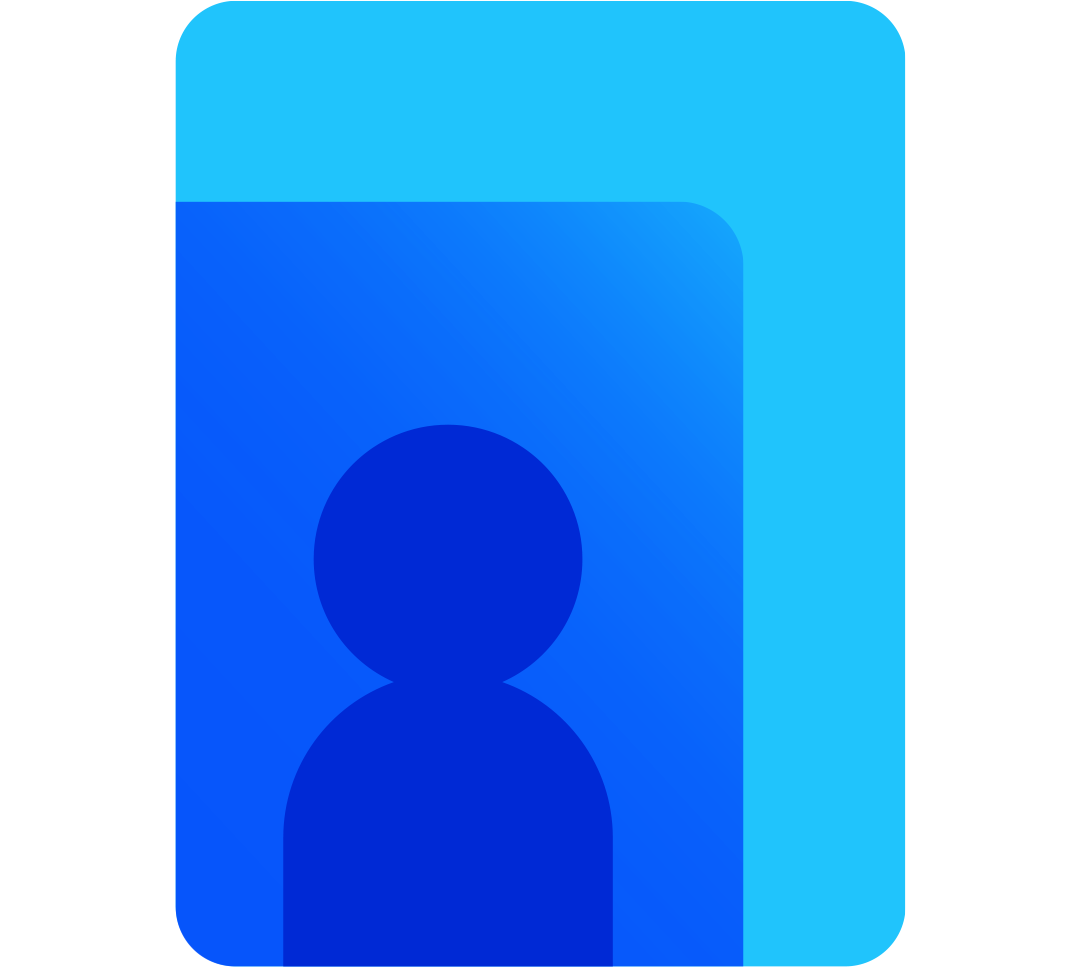Streamline Your Healthcare Journey with Office Ally's Patient Portal Software

Today's world is increasingly digital, and medical records should be no different. The Software Advice 2022 Patient Experience Survey found that two-thirds of patients expect healthcare providers to offer a patient portal experience. Meanwhile, more than half would choose a doctor with a medical patient portal over one without a portal.
But what is medical patient portal software, and how can it benefit your practice? Below, we will discuss this healthcare software that has become a must-have for modern medical practices.
What is Medical Patient Portal Software?
A medical patient portal is a digital platform that provides patients access to interact with healthcare providers and medical records. Medical patient portal software is the program that runs the portal.
A portal is vital to any medical practice today as it blends the patient’s medical experience into their digital lives. Portals allow patients 24/7 access to electronic health records, including test results, billing, and more. It also lets them send messages to their providers, request prescription refills, and schedule or change appointments.
A secured username and password (or other means of authentication) protect this very sensitive information. Complex digital security allows medical practices to share sensitive information with patients through the portal. Patients can then access their personal data anytime — even when your office is closed.
Button: Explore Office Ally’s Patient Portal
Benefits of Medical Patient Portal Software
There are many benefits to a medical patient portal, but the primary examples we will discuss here include the following:
- Greater patient engagement
- Reduced costs
- Improved patient outcomes
Other benefits may include:
- Simplified delivery of test results
- Easier appointment scheduling
- Simplified medical forms
- More accessible prescription refill requests
How Medical Patient Portal Software Improves Patient Engagement
Most medical providers understand that patient engagement is essential for effective treatment. A patient invested in their own healthcare journey is far more likely to follow medical and lifestyle recommendations. They’re more likely to take their medications as prescribed and more likely to change significant habits to improve their health. Yet improving patient engagement often remains elusive.
Patient portal software allows patients to interact with their healthcare providers on their own schedule. They can interact with the portal no matter where they happen to be, as long as they have access to the internet. They can see test results and other electronic health records across time, request appointments or prescription refills, and take charge of their own healthcare journey.
How Medical Patient Portal Software Improves Patient Outcomes
In many ways, healthcare is about relationships. The doctor-patient relationship must be one of trust and openness in order for treatment to be most effective. Patient portals are a good way of encouraging this type of relationship to blossom over time. These portals ease communication and allow patients to interact with their healthcare outside of the time allotted for an appointment. This adds up to better patient outcomes.
But don’t take our word for it. A paper available through the National Library of Medicine website concludes,
Evidence regarding health outcomes is generally favorable, and patient portals have the potential to enhance the doctor-patient relationship, improve health status awareness, and increase adherence to therapy.
How Medical Patient Portal Software Reduces Healthcare Costs
Anyone who works with the books of a medical facility understands just how expensive it is to provide care to patients. So anything that can help reduce healthcare costs for providers is typically a welcome addition to the practice. A patient portal can be of great help here, as well. Here are a few ways portals can help with your bottom line:
- Patient portals allow patients to pay their bills on their own time. They also allow providers to send electronic statements directly to the patient.
- Portals reduce unnecessary visits, allowing patients to ask simple questions through the portal rather than scheduling an appointment, and help curb unnecessary paperwork and the need to process it.
- They can help providers reduce the number of duplicated tests and procedures. Instead, patients can use the portal to access their electronic health records and then share that information directly with other providers who may need access.
- Portals offer automated appointment reminders and patient check-in, leading to fewer no-show appointments.
- Rather than hiring more administrative staff, healthcare facilities can allow patient portal software to take on tedious tasks like appointment confirmations. This can free up staff to handle other essential functions.
If your practice has not yet made the jump to a patient portal, you may not realize how many benefits you’re missing. Take some time to review what patient portals can do for your facility and your patients. Then examine Patient Ally, Office Ally’s no-cost patient portal software, to see all the ways we can improve your practice's income and help you provide superior care to everyone you treat. Sign up here to try it for your own practice.







.svg)

.png)







